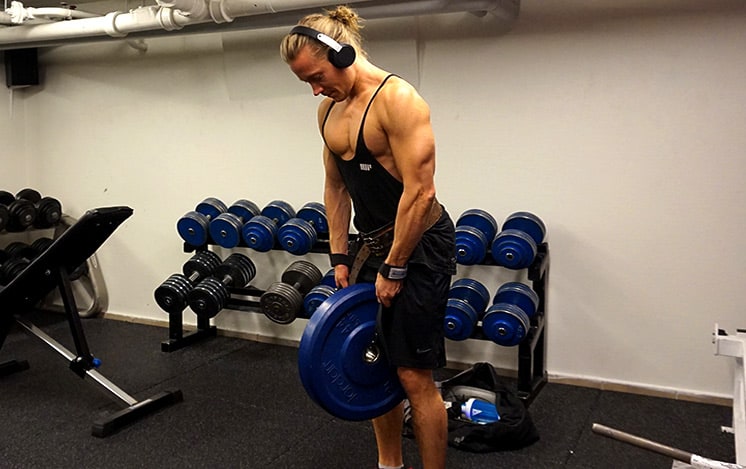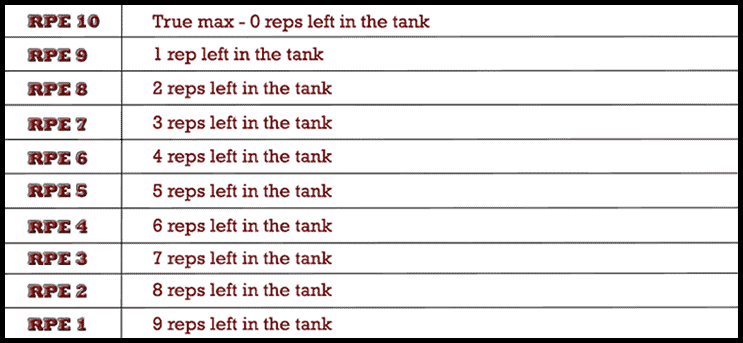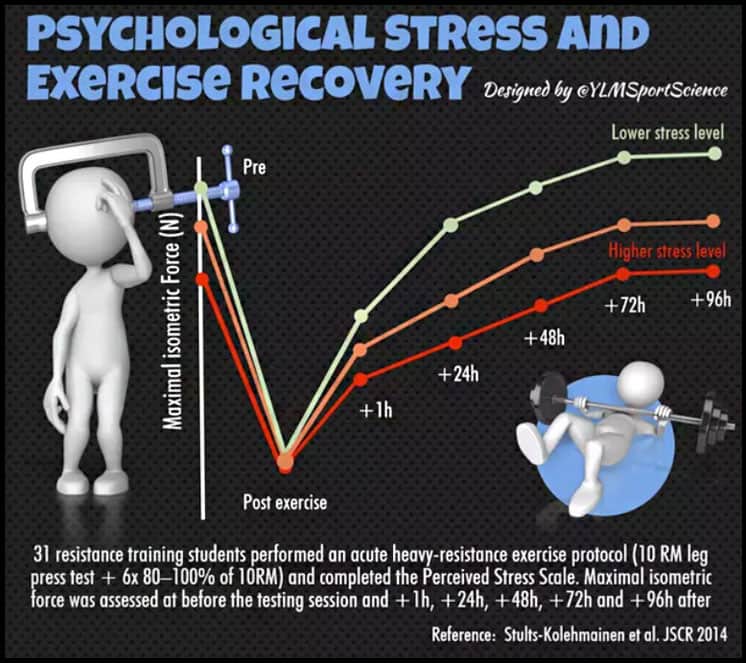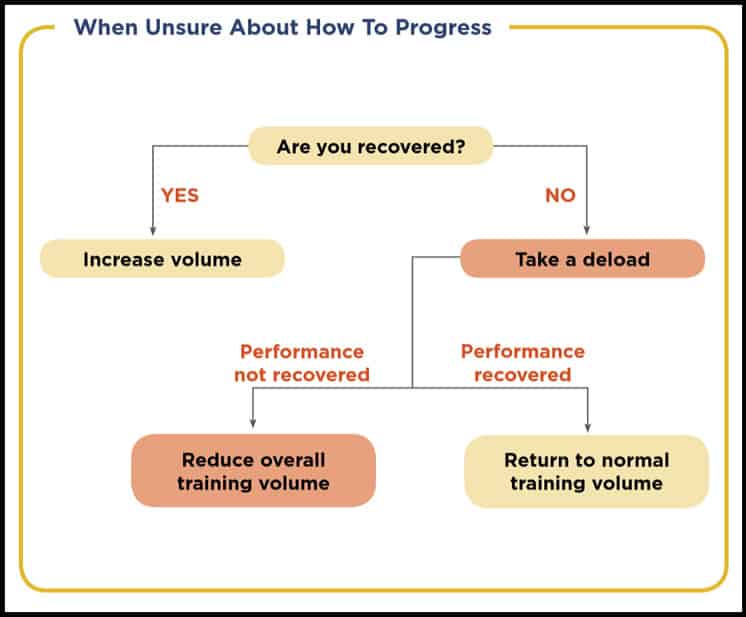
I think you agree with me when I say:
Strength training plateaus SUCK!
When you’re plateaud you’re no longer making progress towards improved strength and muscle mass…
…which is a very frustrating place to be at.
That’s why in this post I’ll show you how to avoid ending up in a strength training plateau in the first place. And how to break through one if you’re currently in, or ever happen to end up in one.
Let’s go!
Table of Contents
What Is a Strength Training Plateau?
A strength training plateau can take one of two forms:
- A “functional” plateau
- A “non-functional” plateau
Let’s look at these one by one:
The “Functional” Plateau
Eventually you will reach a plateau in your lifting, this is inevitable.
If you don’t reach a plateau at some point, you’ll just continue to get stronger and stronger until you’re some superhuman combination of the hulk and superman. Which is, as you can imagine, unfortunately impossible.
A functional plateau is reached simply because you’ve become to advanced for your current training regimen. In other words, you can for a few reasons, no longer make progress on the training you’re currently doing.
This type of plateau should actually be viewed as a good thing, it means you’ve done something right. It means that you’ve put in the work required to reach the total amount of work your body can recover from in order to make progress as fast as possible.
At this point you’ve simply become too advanced for your current program and it’s time to switch up your training.
However, what you want to make sure is that it’s actually a functional plateau you’ve reached, and not a non-functional one!
Because if you’ve reached a non-functional plateau and decide to move on to a more advanced program, you’re moving on to early and will leave potential gains on the table.
So for this reason, it’s important to consider the following information before you make the decision to change to a more advanced program.
The “Non-Functional” Plateau
Now a non-functional plateau is the one you want to avoid! It suck time and energy out of your lifting, your gains and even your life.
And this type of plateau can happen because of two things:
- You increase weights to fast and reach concentric muscular failure to often.
- Your diet and lifestyle does not support progressive overload
Let’s look at these two one by one:
1. You Increase Weight to Fast and Reach Concentric Muscular Failure To Often
This is the most common reason why people hit a plateau too early, they’re reaching failure on their sets because they’re training with weights that are too heavy for them.
Training to failure is extremely taxing on your muscles and nervous system. In fact, it’s so taxing that your body is typically unable to fully recover for the next session.
And when your muscles and nervous system aren’t recovered, the next time you walk into the gym and you’re supposed to do more work to make gains, you won’t be able to, and you hit a non-functional plateau.
Now, the way to avoid this is to stay away from concentric muscular failure on most of your lifts. Concentric muscular failure is when you’re no longer able to do the concentric (lifting) part of the lift.
How do you avoid concentric failure?
Well, you use something called the Rate of Perceived Exertion (RPE) scale. This is a scale that goes from 1-10 where you can rate your exertion of the sets you do in the gym.
Where an RPE of 1 would be very easy and an RPE of 10 would be absolute max, where you couldn’t possibly do a rep more. In fact, the next rep would be failure.
Here’s what the RPE scale looks like:

So for example, if you’re doing a set of 5 repetitions and on the final rep (the 5th) you feel that you maybe could get 1 more rep. That means you’re probably at an RPE 9, meaning you have 1 rep left in the tank.
Now, imagine if this was on your first set and you were supposed to do 3 sets of 5. You’ve now built up fatigue from your first set, so when you go for your second set, it’s very likely that you’ll hit an RPE of 10 already.
This means that on your third and final set you will hit failure on perhaps your 4th or 5th rep. Which would then leave your musculature and nervous system unable to recover for your next training session and you end up in a plateau.
Okay, so how do you fix this?
Well, by using a weight that’ll leave you 1-2 reps shy of failure on your last set, which will probably mean 3-4 reps shy on your first set.
Research has shown that when training with heavier weights, like the 4-10 rep range, then all your muscle fibers will be fully recruited already at an RPE 6-7. Or in other words, when you’re 3-4 reps shy of failure.
Now, this is where a lot of people get confused…
They read or hear that going to concentric muscular failure is optimal for muscle growth, but suddenly they hear that they’re supposed to stop shy of failure, why is this?
Well, here’s the thing:
Going to an RPE 10 on all your sets will give you the best stimulus for growth. But, this is only true accutely, in the short-term.
It’s been shown that progressive overload is the key for long-term strength development and muscle growth.
And since going to failure will lead to strength training plateaus, then progressive overload will be slowed down as well.
So, by saving a few reps in the tank on most of your sets, you’ll easier be able to avoid non-functional plateaus, and consistently be able to increase weight and make progressive overload for a long time to come.
Okay, so you know that you can’t go to failure to often or you will reach a plateau. So, what could be stopping you now?
Well, when it comes to avoiding training to failure, the most common thing that stop us is our egos.
We all want to be strong in the gym, and our egos can really screw up our progress… In fact, it’s done so for me more than once…
And here’s the deal:
If you want to be successful, you need to be able to take control over your ego. And you do this by performing good reps on most sets by staying away from failure.
If you do this your body will have the room to recover your systems in between session. Don’t be surprised if your biggest lifts increase by 20-30 kg (45-65 lbs.) within a few months.
In fact, ask yourself this:
What do I want? Do I want to “feel” just a little stronger today? Or do I want to be on a totally different level in a few months?
And this is not to mention the reduced risk of injury and better learning of technique that you’ll achieve by staying further away from failure as well.
2. Your Training, Diet and Lifestyle Does Not Support Progressive Overload
This is also a common reason behind reaching a non-functional strength training plateau. If you want to avoid plateaus you must make sure that you’re recovering between your session.
And recovery mainly depends on these four things:
- Correct amount of training
- Eating well
- Sleeping well
- Stressing less
Correct amount of training
This is the most important factor when it comes to staying away from a non-functional plateau.
Make sure that you’re training with volumes that are high enough to provide you with good results, but not too high that it leaves you unable to recover.
Since every person is different and will require different training, I recommend that you read through these posts on training volume and intensity to make sure that you’re not training too much or too little.
Eating well
If you follow the dieting hierarchy of importance, and are making sure you get enough calories, the correct macros and are eating a wholesome nutrient dense diet, then you’re at a low risk of reaching a non-functional plateau caused by the diet.
But, what if I’m cutting?
Well, when you’re in a calorie deficit required to lose body fat you’re going to dig into your ability to recover. So, making progress will be slower, and eventually a plateau might/will happen.
The solution to avoid a plateau when cutting for as long as possible, is to lower the amount of training you do just a bit.
Then if your calorie intake is set up correctly accordingly to your body fat percentage, you should be able to avoid reaching a non-functional strength training plateau, at least for a while.
However, as you’re getting leaner and also a more advanced trainee, you can’t expect to gain a lot of strength and muscle on a cut.
At this time your goal is to just hold on to your strength and muscle as much as possible during your cutting phases. If you want to learn more about setting up your training when cutting, then read this post next.
Sleeping well
Sleep is the third recovery modality that needs to be on point if you want to avoid a strength training plateau and get good results.
When it comes to sleep, both quality and quantity is important.
Making sure that you get uninterrupted sleep, where you go through at least two deep sleep cycles per night, is highly beneficial for your well being, performance and recovery.
For this to happen, depending on your individual sleep needs, research has shown that you should get between 7-9 hours of uninterrupted sleep per night.
So, if you make sure that you get good sleep quality and quantity, you can be sure that sleep is not causing you a non-functional strength training plateau.
Want to learn more about sleep and muscle growth, read this article next.
Stressing less
Reducing your overall daily stress as much as possible is important if you want to stay away from a non-functional strength training plateau.
It’s been shown that all stressors put on the human body fills up the same cup. This means that daily stress fills up the same cup as your training stress, and hence affect your recovery and performance negatively. As seen in this study:

Above eating and sleeping well, which are two incredibly powerful de-stressors to effectively reduce your daily stress, you can also do these two things:
1. Practice mindfulness and meditation
Now, mindfulness and meditation doesn’t mean you must be a master of the buddhist way of doing these things.
No, mindfulness and meditation can be done simply by taking a walk while you at the same time focus on observing your thoughts and just letting them pass by. Don’t give any weight or importance to your thoughts during this time, just allow them to happen and pass by.
This is an extremely powerful way to reduce daily stress. Once you’ve gotten good at it, you’ll learn to stay mindful by meditating like this in more stressful situations as well.
2. Change the way you view and react to stressful situations
One very powerful thing regarding our minds is that we have the ability to decide ourselves how we choose to feel and react to certain things.
Here’s an example:
Let’s say that two guys living in the same city are working in a different city and commute with train each day. On one evening after the workday is over, they hear that the train is running late.
One of the guys get upset and stressed because the train is late, this guy can’t seem to relax over the fact that he’s going to be late home. So, he remains worked up for the entire evening.
The second guy on the other hand, feels that he is about to get stressed about the fact that he’ll be late. But he then quickly realizes that he can’t do much about the train being late, so he chooses to relax. He fires up his favorite playlist on his phone, sit down, and just stays calm.
As you can see, these two guys have vastly different ways to view and react to something that’s perceived as stressful to them. And who do you think will have the ability to recover best from training? Yes, the second guy of course.
How to Break Through a Strength Training Plateau
Okay, so let’s look at how to break through a strength training plateau if you happen to reach one.
First of all, if you believe that you’ve reached a functional plateau, meaning that you’re not ego lifting and your training volume, diet and sleep is on point, then the way to continue making progress would simply be by changing to a more advanced training program.
If on the other hand you’ve reached a non-functional plateau, then you need to fix your recovery. Let’s look closer at how to break through these two different plateaus.
If You’re Functionally Plateaued
If you’re functionally plateaued, it’s in a first phase usually enough to change the progression model you’re using.
If you for example are currently doing single progression, where you increase weight from session to session, you could change to double progression instead.
This would be where you first increase reps within a certain range, say 4-6 reps. Once you reach the highest rep on all your sets, only then are you increasing weight.
You can read more about these progression models and how to make progressive overload here.
As a second phase, if it’s not enough to hcange progression model, it’s likely that you need to add additional training volume to continue making progress.
This is because the amount of stimulus you get from your training is no longer enough to push your gains any further.
If You’re Non-Functionally Plateaued
Now, if you believe that you’re in a non-functional plateau, caused by one or many of the reasons mentioned earlier, then you should look to do one, or a combination of these three things:
1. Hit a Deload
As we went through earlier, the most common reason behind a plateau is bad recovery.
So, if you’re in a plateau, taking a deload is a good way to allow recovery to happen, which could then allow you to make progress again.
For a beginner this is done by reducing your weights on the exercise you plateaued on with 10-15 % for your next workout and aim to start adding back weight again.
For an intermediate this is done by taking a week of lighter training at around 60 % of your normal training volume and 90% of your normal training intensity.
What this does is giving your muscles and nervous system room to recover from the stress caused by constantly training close to your potential, which will in all likelihood allow you to come back stronger and ready to make good progress again.
2. Figure Out Where You “Messed Up”
The reason why you’re plateaued is likely either because you ego lifted and trained too close to failure, because you were in too large of a calorie deficit, because you did not get enough quality and quantity sleep, and/or because you stressed more than usual during a few days.
Ask yourself with pure honesty if you messed up on any of these points, it’s very likely that you did. Then you just need to make sure that you’re not repeating the same mistakes again.
3. Exercise Rotation
This is a neat little method that works in similar ways to a deload. The difference is that it’s not as effective at reducing fatigue, but it allows you to keep training hard and productive while recovering, which can work well during some circumstances, such as if only one of your lifts are being plateaued.
With exercise rotation you simply change the exercise that you are plateaued on for another similar one that works the same muscles.
For example, if you’re plateaued on barbell bench press, then changing that to incline barbell bench press for 4-8 weeks can be very beneficial. What this does is giving your nervous system a break, while still stressing your musculature.
This usually works well because your musculature recovers faster than your nervous system which means that you can still keep getting gains.
This is a method that you can try before taking a “real deload” to see if dropping monotonous stress caused by lifting with the same exercises for a while is enough to break through your strength plateau.
If you’re still unsure whether you’re in a functional plateau or a non-functional plateau, this flow chart might help you:

From The Muscle and Strength Training Pyramid book by Dr. Eric Helms
As you can see in the image, if you believe that you’re recovered but you’re still plateaued, that usually means that you’ve reached a functional plateau, and you should change your training.
If however you believe that you’re not recovered and plateaued, that usually means you’ve reached a non-functional plateau, and you should use methods mentioned to reduce fatigue.
Conclusion
Okay, so there we go, you’re now equipped with the knowledge to break through strength training plateaus and how to avoid them in the first place.
To recap here’s what we covered:
- A strength training plateau is when you’re stuck on an exercise and can’t seem to make progress any longer.
- There are two types of plateaus: “a functional plateau” and a “non-functional plateau”
- A functional plateau isn’t necessarily a negative thing, it just means you’re getting more advanced by putting in good work. You simply need to move on to a more advanced training program to make progress.
- A non-functional plateau on the other hand is the one you want to avoid. This plateau is caused by bad recovery, which would be either too much training, a poor diet, low quality and quantity of sleep, and/or a stressed lifestyle.
- A functional plateau is solved first and foremost with a different progression model and second with more training volume.
- A non-functional plateau is solved with recovery strategies such as deloads and exercise rotation. And of course by figuring out where you “messed up” so that you can learn from your mistakes in the future.
What’s Next?
The biggest reason behind strength training plateaus is definitely bad recovery. And as discussed earlier, the two biggest factors are training with too much training volume, to close to failure, and/or not having a well set up diet. You can read more about these concepts here!
